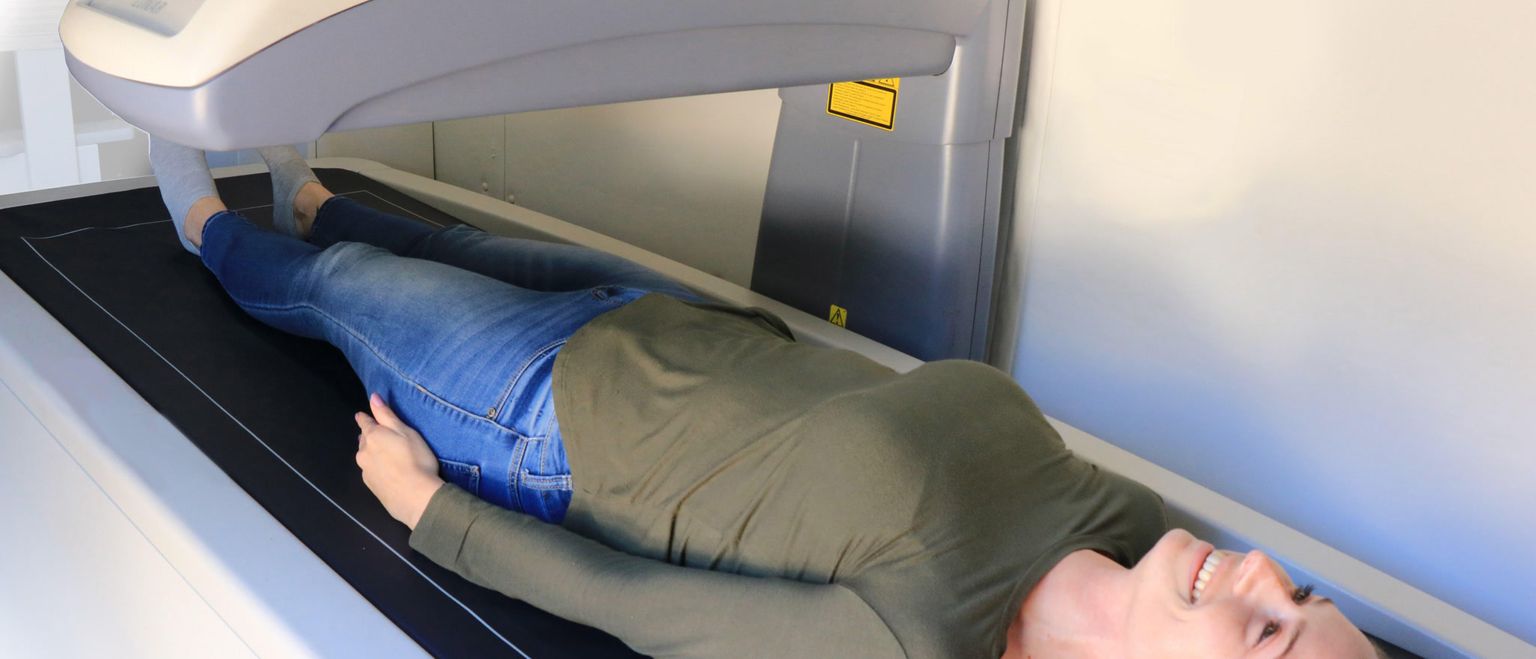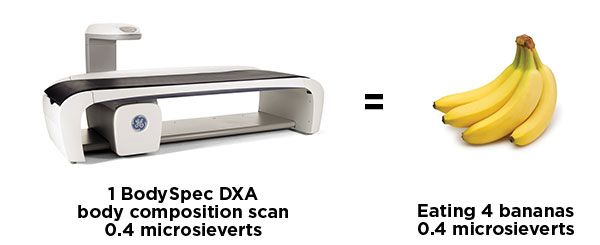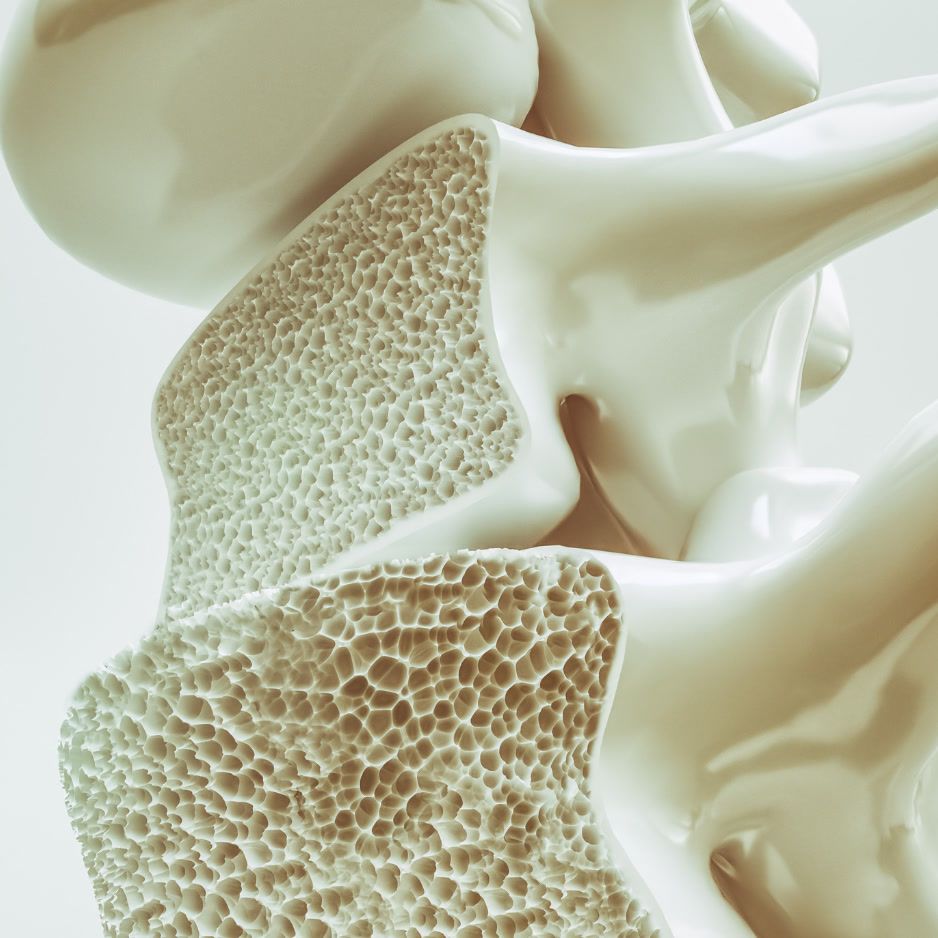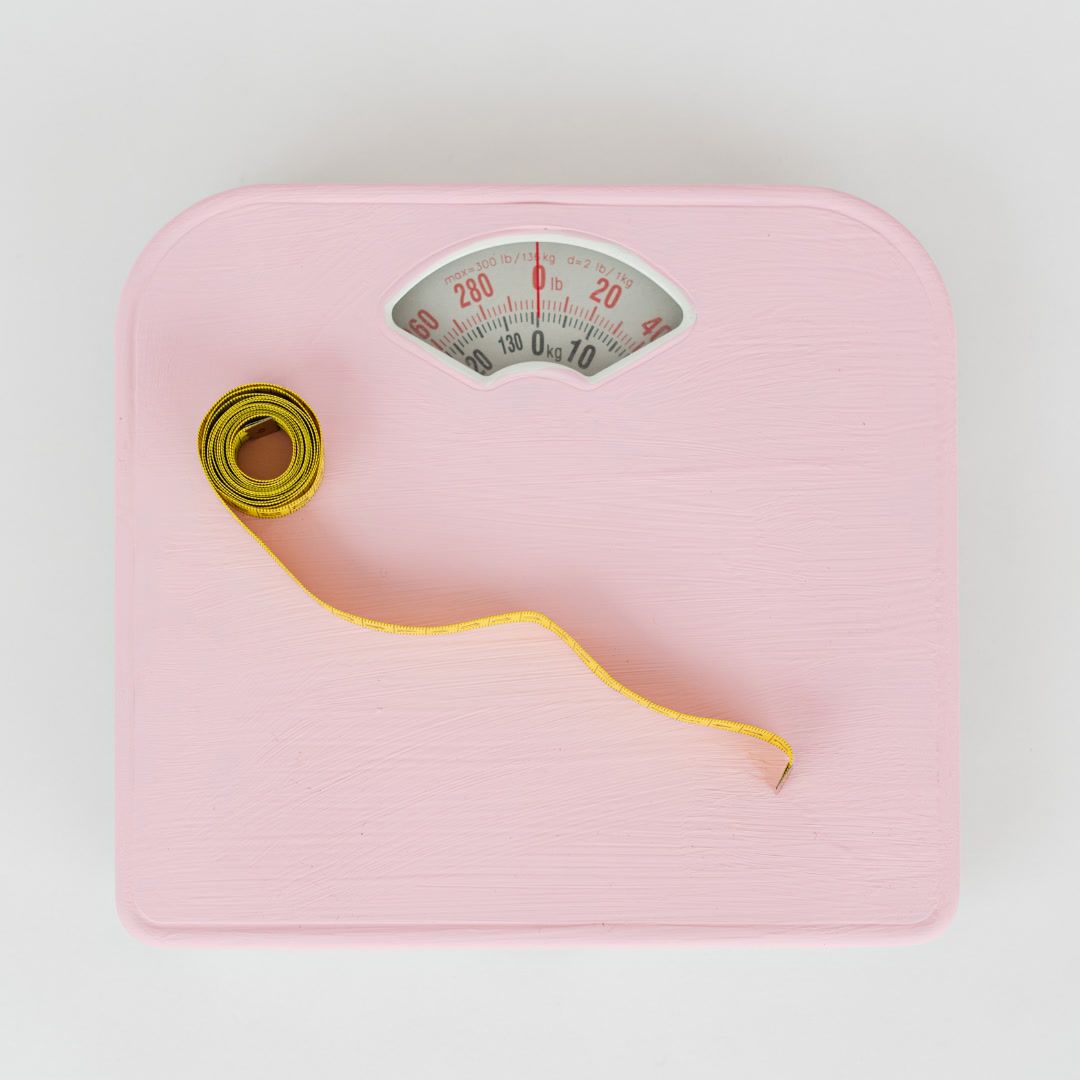Radiation, DEXA Scans, and You

Concerns about radiation are some of the most frequent questions we get from prospective clients looking to do a BodySpec DEXA scan.
When we think about radiation, we tend to think of explosions or nuclear meltdowns. But actually, radiation is all around us, and our bodies safely absorb small amounts of natural radiation on a daily basis.
Get weekly updates.
Not all radiation is of the same type, so scientists use the unit “sievert” to measure the health risks of radiation. One sievert of radiation causes immediate sickness. But one sievert is a pretty massive dose of radiation, and most radiation doses are much, much smaller.
1 sievert (Sv) = 1000 millisieverts (mSv) = 1,000,000 microsieverts (uSv)
And it turns out that in the grand scheme of things, getting a BodySpec DEXA scan is very safe, even if you scan multiple times a year (or within the same day). In fact, getting a DXA scan gives you about the same amount of radiation as eating 4 bananas.

See below for a comparative chart of radiation exposure levels from different everyday (and not so everyday) sources.
0.05 uSv: Sleeping next to someone
0.1 uSv: Eating one banana. Bananas are slightly radioactive because of their potassium. Many foods contain trace radioactive elements occurring naturally
0.25 uSv: Airport security screening
0.4 uSv: BodySpec full-body DEXA scan
1 uSv: Using a CRT computer or TV monitor for a year
10 uSv: Background radiation received by an average person over a normal day. This comes from cosmic rays, the Earth’s crust and soils, buildings, food, and medical scans
40 uSv: Round trip flight from New York to LA
70 uSv: Living in a stone, brick, or concrete building for a year
400 uSv: Mammogram
1.5-1.7 mSv (1,500 - 1,700 uSv): Average annual dose for flight attendants
2 mSv (2,000 uSv): A head CT scan
5-6 mSv (5,000 – 6,000 uSv): A chest CT scan
13 mSv (13,000 uSv): Smoking 1.5 packs of cigarettes daily for a year
50 mSv (50,000 uSv): Annual dose limit for nuclear power plant workers
200 mSv (200,000 uSv): Average dose of survivors within 2.5 km of the Hiroshima and Nagasaki atom bombs. Out of 50,000 survivors, about 850 died from leukemia or cancers directly attributable to radiation
1 Sv (1,000,000 uSv): Measured in water leaking from Fukushima No. 2 reactor over one hour. Direct exposure at this level causes symptoms such as nausea and decreased white blood cell count, but not immediate death. However, exposure at this level is correlated with increased risk of future death from cancer
6 Sv (6,000,000 uSv): Typical for Chernobyl workers who died within a month.
Anyone receiving a dose of over 5 sieverts has only a 50% chance of survival
Sources


